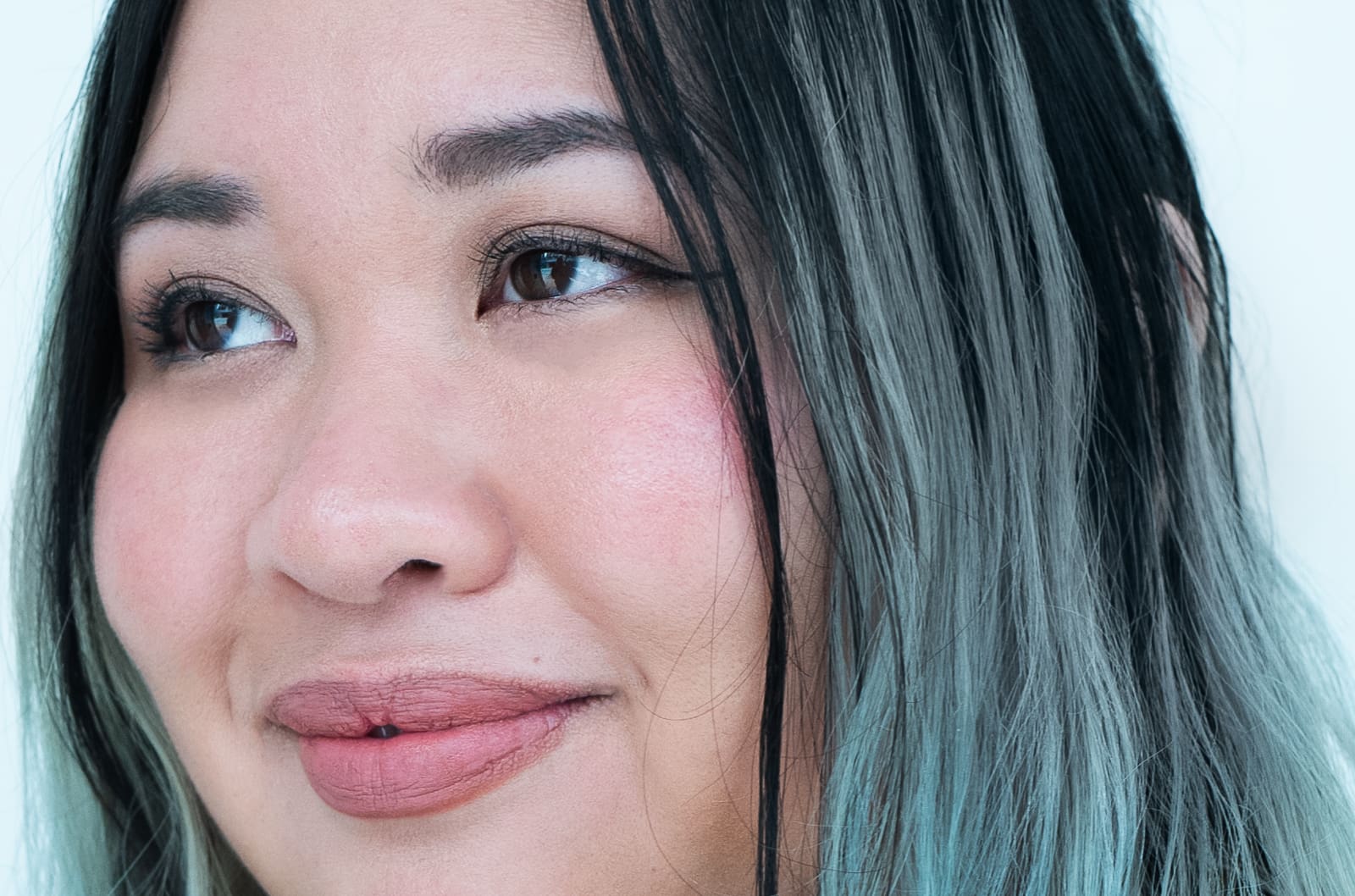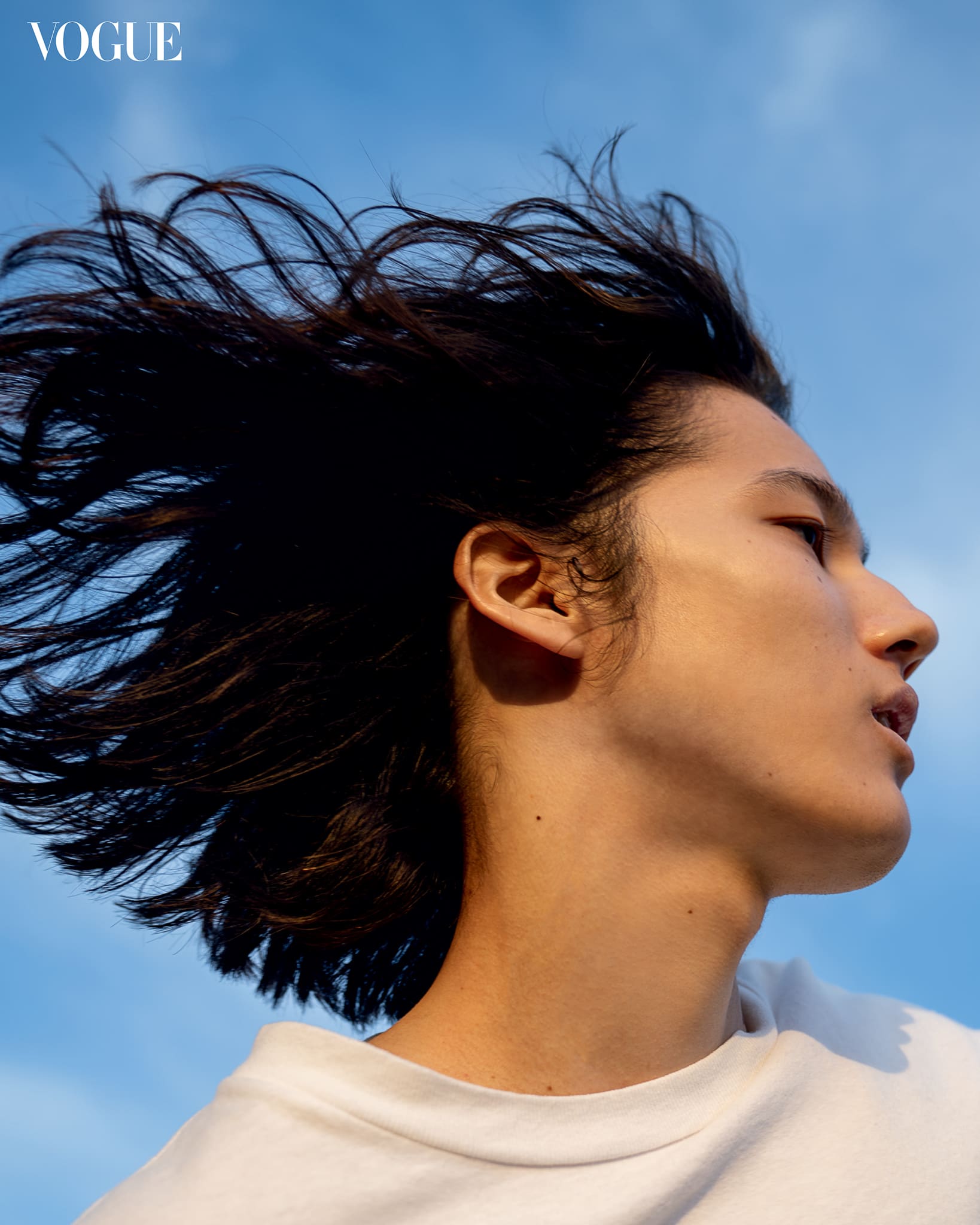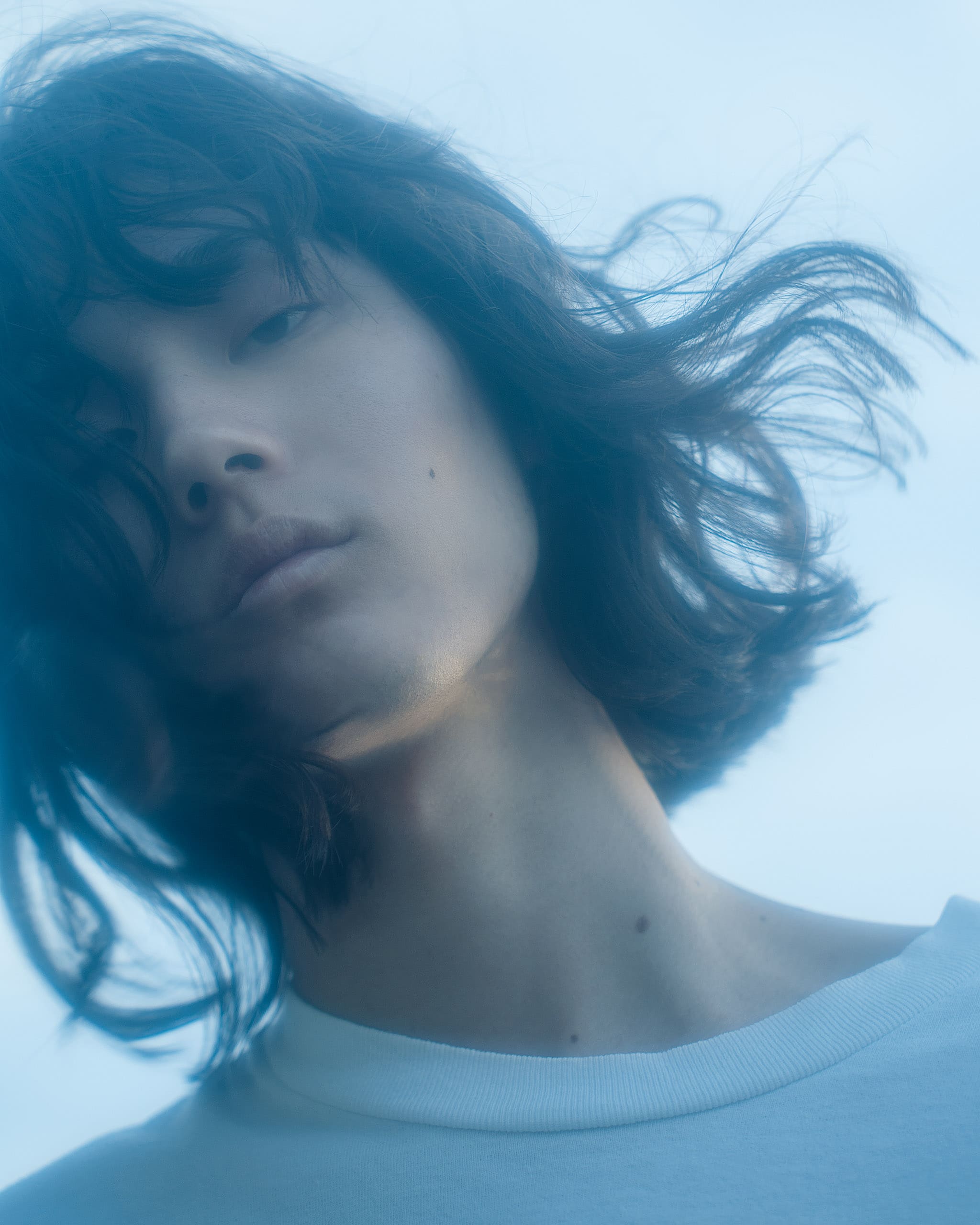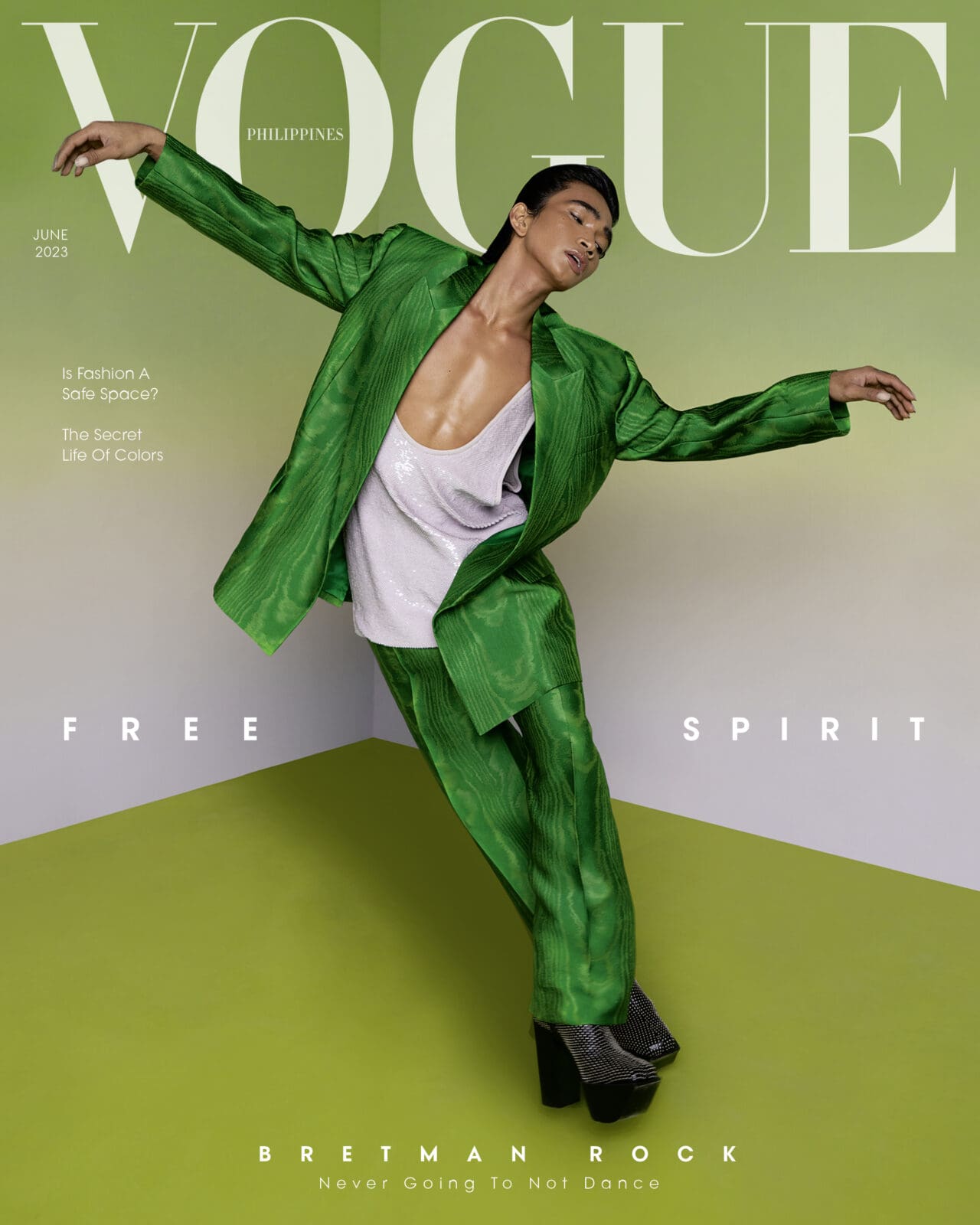Rihito Saito shot by Regine David
Despite cultural and linguistic barriers after moving to Tokyo, neither Regine David nor her photos are lost in translation—they’re just taking a new direction.
“You have to read between the lines, twice,” muses Regine David when asked about how she’s been navigating her photography after moving to Tokyo. The photographer and casting director, born and raised in Metro Manila, is globally known for her unsettlingly intimate and vulnerable photographs exploring gender dynamics, Asian and queer visibility, and authenticity. Since her move, she’s been discovering new spaces, both as a foreigner and as an artist linguistically displaced: “I think it makes for really interesting work because it’s like I’m losing a lot more control [as a photographer]. And it allows me to kind of explore my work differently.”

In the 10 years she’s made a name for herself as a professional photographer, and the years prior to that honing her craft in places like Hong Kong and New York, she’s photographed through happenstance—meeting friends of various backgrounds and finding herself let into the kinds of personal and human spaces eager art students and photographers seldom gain access to.
“I had planned on moving to Berlin but I had a chance encounter with a creative director from New York that made me shift my plans to move to Tokyo instead,” says Regine. She’s since found herself hopping from apartment to apartment in the intricate district of Shibuya, filled to the brim with the contrasts of heritage, oddball youth culture, and passed out salarymen.
In Shibuya’s quiet crevices, there she finds herself quietly photographing the connections she’s made with locals and their vulnerable moments. But after working with Vogue Philippines on a shoot with Bretman Rock, she’d cite this as her inspiration to explore vulnerability in open and public spaces.

Months later, Rihito Saito, the subject of David’s recent work, would meet up with her under a bridge near the Futakotamagawa River in the city of Setagaya, during a poignant late afternoon in Japan.
“He kind of grew up in that neighborhood and we’ve been shooting together for quite a while […] I really appreciated that he was able to be vulnerable with me for these photos and I think it’s really interesting because a lot of the work that I do is intimate—and a lot of that is based on being able to communicate right? […] But we literally use an app every time we talk. It’s funny and it’s interesting because it’s definitely a curveball with how I normally work. Because I’m comfortable talking to people and communicating what I want to do or say with the photo. But [here], you can’t speak the same language. You’re kind of forced to learn how to communicate in a different way or in ways that you’re not comfortable with,” she explains.
Why did Regine feel compelled to photograph Rihito? She shares: “I would say he’s one of my muses or somebody I really enjoy photographing. I like to shoot a lot of different faces, but then when I meet someone that I really feel like I connect with visually or want to know more about, I try to shoot with them constantly.”
When asked about her process of taking the photos of Rihito she would illustrate her relationship with the people she photographs: “I like to give people the opportunity to have control over their own images. Especially when I have a close relationship with them. We actually went through the photos together.”
While, inevitably, Regine’s photographs have a sense of voyeurism to them, perhaps what makes her work so notable is both her process and her gaze—as a Southeast Asian queer woman. On a call with me, she admits her frustration with photographers who exclude their subject in their process: “When I think about male photographers shooting like, women, and it’s always like their direction or their eye. I feel like they don’t always accommodate the other person that they photograph, and to me it’s a little selfish. It’s still my vision, it’s still my image. But if I have the opportunity to, I like to give them an option to see if they’re happy with it or not. At the end of the day, it’s a shared image.”


